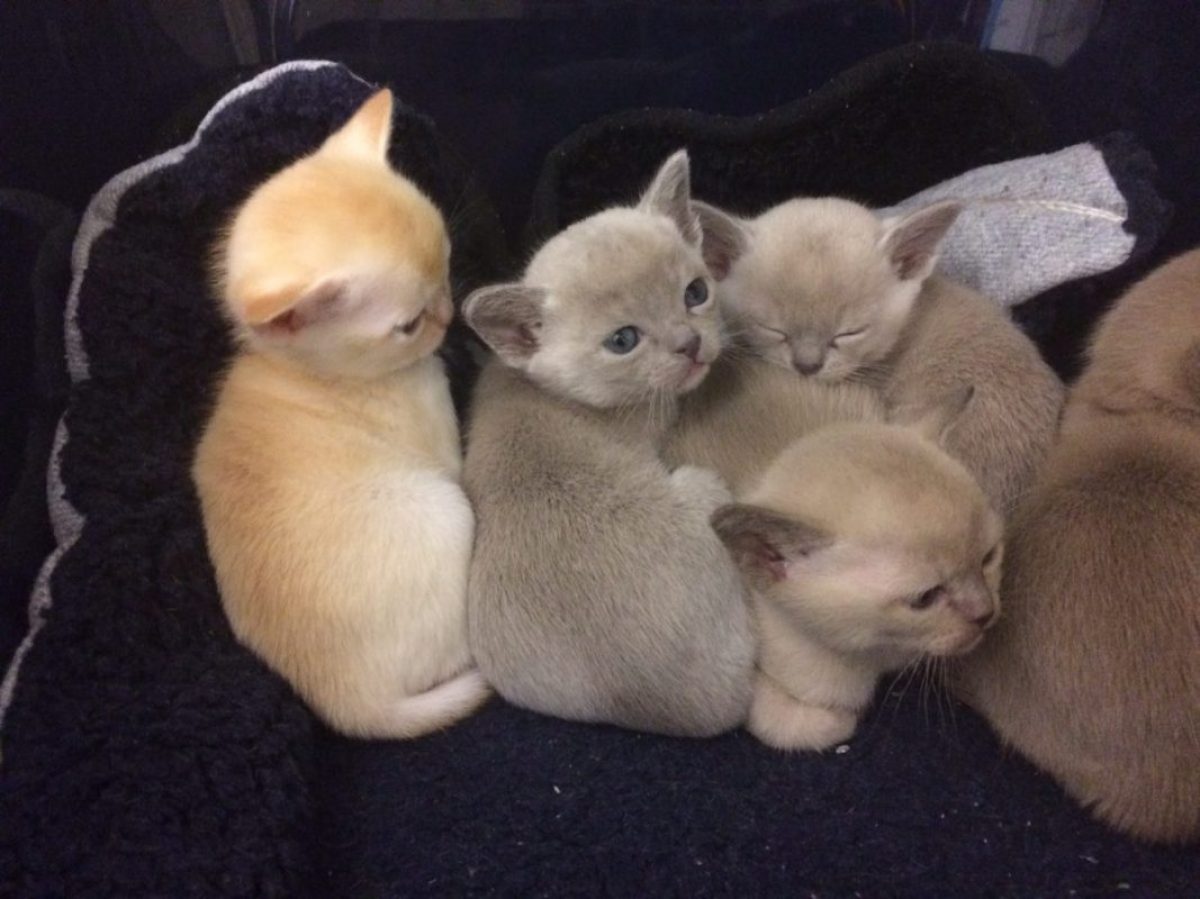Many years ago (late 1970s) American Burmese males were bred to accentuate a rounded and shortened head to produce a style of cat with a shortened face. Known as brachycephaly, offspring from such a mating became vulnerable to defects of the craniofacial surface. The American Burmese head defect is the result of an autosomal recessive genetic mutation that affects Burmese offspring during the second trimester of pregnancy, and with unpredictable outcomes.
The good news for Australian Breeders is that imported animals can be positively tested to prevent the condition from ever occurring. A genetic test exists which can accurately identify that an imported animal is not a carrier. Moreover, the test is inexpensive and easily arranged through UC Davis Laboratories. It involves a simple swab of saliva taken by using a household cotton swab and wiping over the gums and teeth of a candidate animal. The swab can then be processed and produce results via e-mail within 5 to 10 working days. The test confirms no head defect condition exists.
In Australia, Burmese breeders should be aware but not alarmed. The importing of American Burmese, or any other Burmese for that matter, is intended to solve the problem of inbreeding and breed diversity. It is not to perpetuate unfortunate myths around European versus USA bloodlines or to exacerbate a real dichotomy between different breeding cat factions. Breeders and their Breeding programs should always use the basis of facts to influence their choices of bloodlines and standards. Well-being will simply follow.
